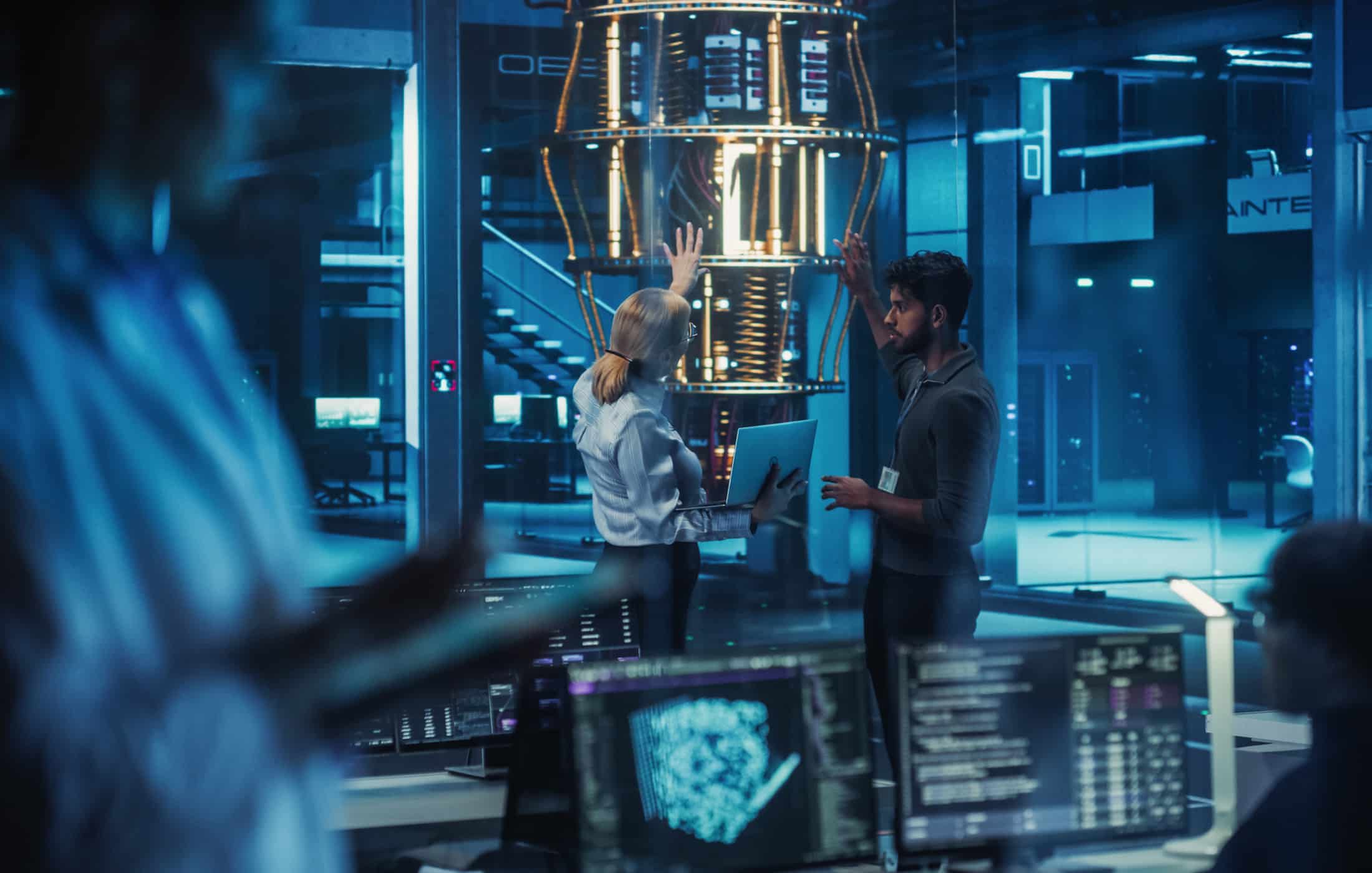Predicting 2032: RSA-2048 Within Reach of 1730 Qubits

Researchers Chevignard, Fouque, and Schrottenloher introduced an optimized quantum factoring method using approximate arithmetic which showed that a 2048-bit RSA modulus could be factored with roughly 1,730 logical qubits – a huge drop from earlier estimates that ranged around 4,000–6,000 logical qubits. In essence, the quantum circuit only computes the necessary bits of the intermediate results (using a residue number system and qubit “recycling”) instead of storing the entire 2048-bit number, dramatically reducing memory needs. This means the qubit requirement is closer to half the bit-length of the RSA key (plus overhead) rather than twice the bit-length as in traditional Shor’s algorithm designs.
For more information see: “RSA-2048 Within Reach of 1730 Qubits. Or is it?”
The trade-off for using so few qubits is that the algorithm must run a very large number of operations and repeat the process multiple times to succeed. Factoring RSA-2048 under this scheme would require on the order of trillions of quantum gates and dozens of repetitions, translating to potentially weeks of runtime on a fault-tolerant quantum computer. In other words, the researchers traded time to save space. Despite that, this result was a game-changer for quantum feasibility: it suggests that an error-corrected quantum computer with only a few thousand physical qubits (if each logical qubit maps to, say, 1,000 physical qubits) could, in principle, break RSA given enough time. This significantly lowers the perceived hardware barrier. The article’s analysis emphasizes that while RSA remains unbroken today, the goalposts are moving – quantum algorithm improvements are rapidly shrinking the gap, which in turn tightens the timeline for when we might hit Q-Day.
Q-Day Impact: By slashing the qubit requirement into the low thousands, this breakthrough moves Q-Day closer on the horizon, indicating that a cryptography-breaking quantum computer could be achievable sooner than previously thought (once quality, error-corrected qubits at that scale are available).
Quantum Upside & Quantum Risk - Handled
My company - Applied Quantum - helps governments, enterprises, and investors prepare for both the upside and the risk of quantum technologies. We deliver concise board and investor briefings; demystify quantum computing, sensing, and communications; craft national and corporate strategies to capture advantage; and turn plans into delivery. We help you mitigate the cquantum risk by executing crypto‑inventory, crypto‑agility implementation, PQC migration, and broader defenses against the quantum threat. We run vendor due diligence, proof‑of‑value pilots, standards and policy alignment, workforce training, and procurement support, then oversee implementation across your organization. Contact me if you want help.